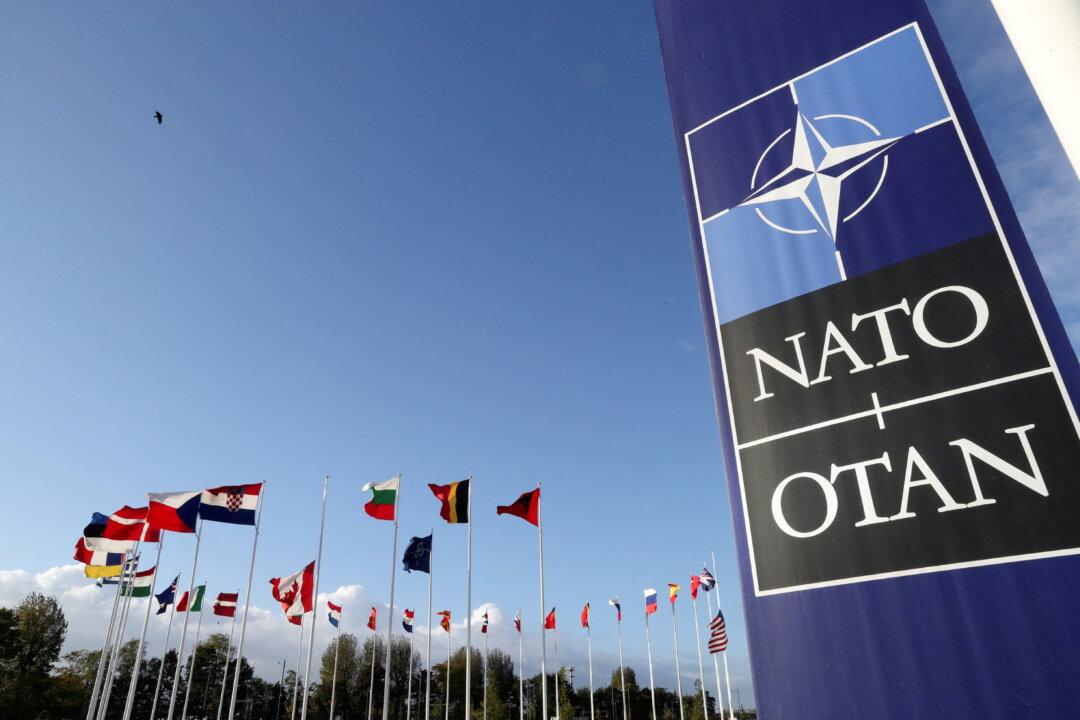The United States and 11 other members of the NATO alliance have begun large-scale naval exercises in the eastern Mediterranean Sea in a crisis-response exercise dubbed “Dynamic Mariner.”
Dynamic Mariner is “held in conjunction with the Turkish Navy’s Exercise Mavi Balina, which brings together 12 Allied nations off the coast of Turkiye,” according to a statement from officials. The exercise, which began on Sept. 11, will run to Sept. 22.





